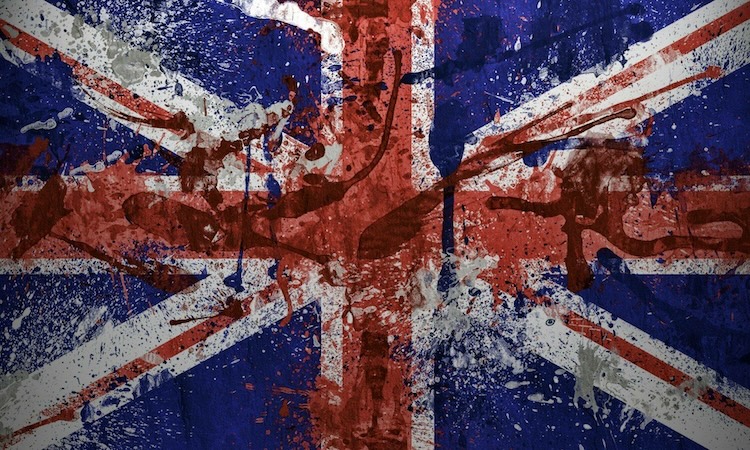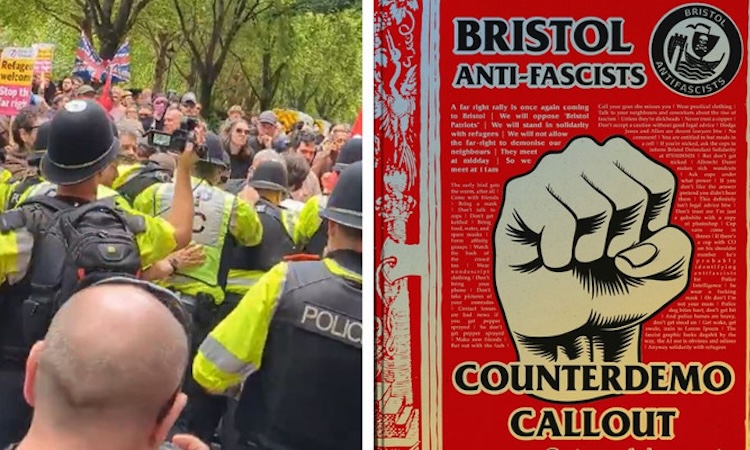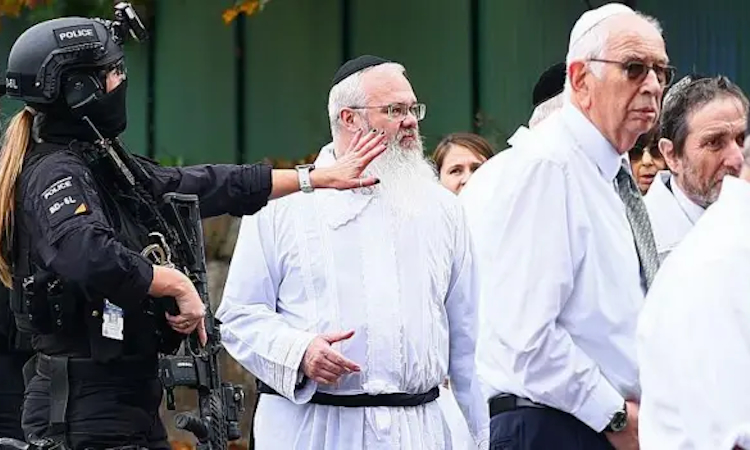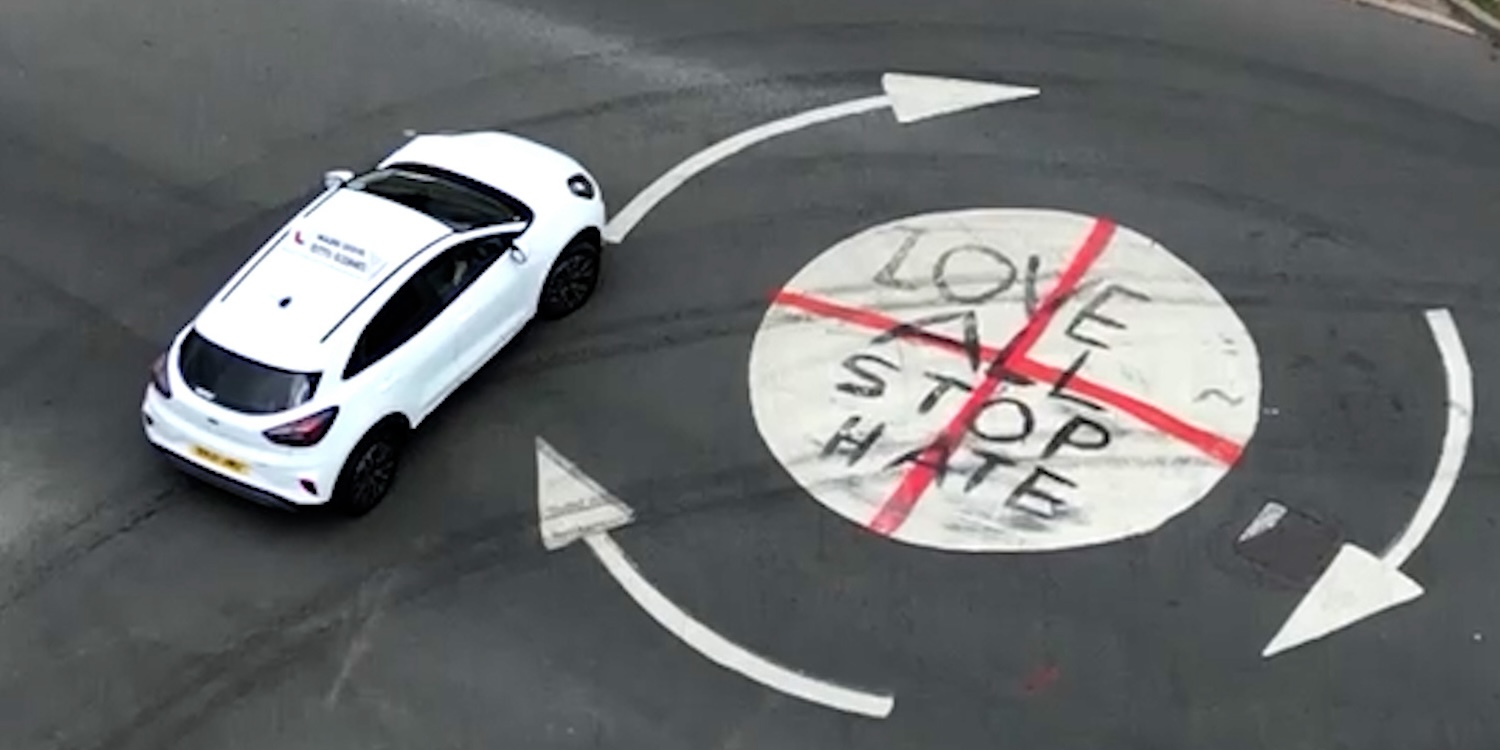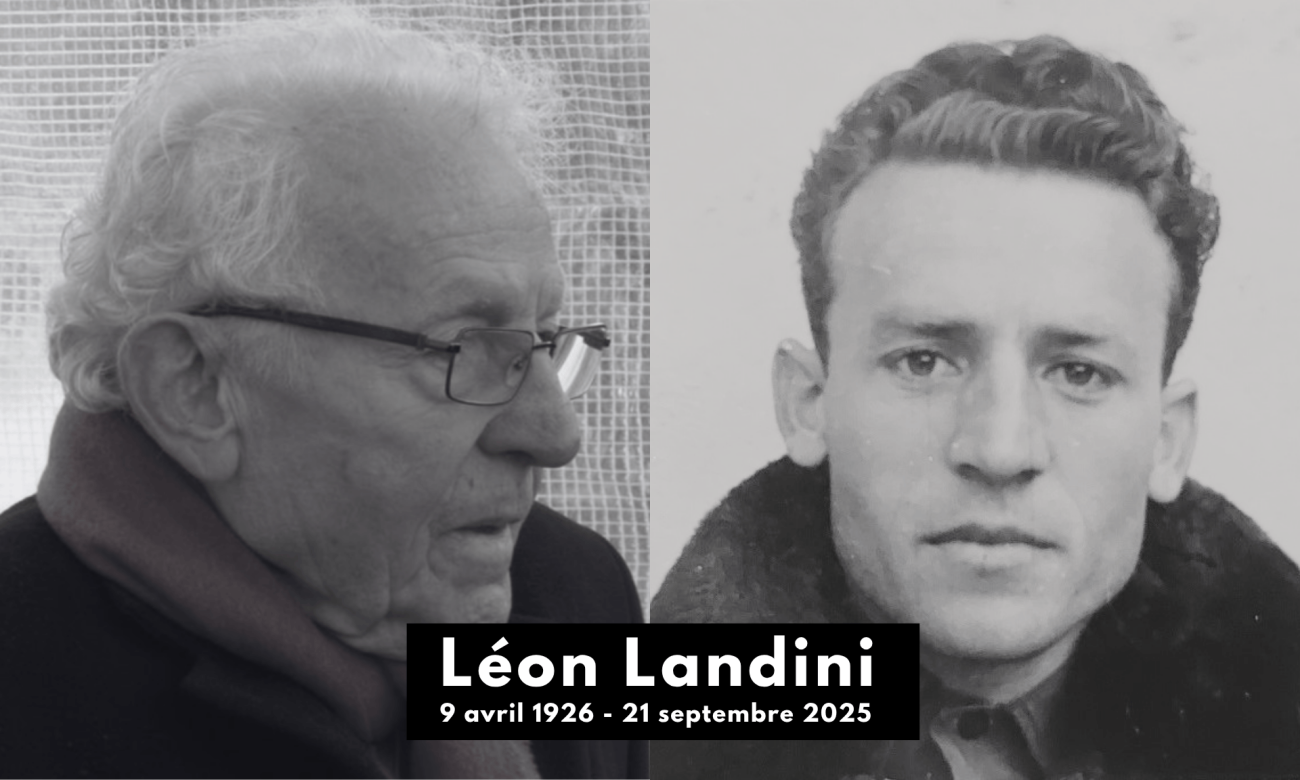This article is reproduced from the Class Consciousness Project, with thanks.
*****
British news media, having broadcast propaganda on the mass slaughter of Palestinians on behalf of Israel and US imperialism for the last seven weeks, became temporarily distracted by the literally explosive events in Dublin that unfolded on the night of Thursday 23 November.
According to the corporate media, the riots were precipitated by a violent attack that had taken place earlier in the day, when three children and a teaching assistant were injured in a stabbing outside a school. The Garda (Irish police) issued a statement on the incident, which included the statement that the attack “does not appear to have a terrorist motive”.
It was this turn of phrase that is thought to have led many in the city to make the leap, either by themselves or with the assistance of far-right agitation, to conclude that the school attack had been carried out by a non-white immigrant.
What followed was the biggest civil disturbance in the city in decades and the biggest single mobilisation of the Garda in the history of the Irish republic. The Irish taoiseach (prime minister), Leo Varadkar, said that some 500 people had taken part in the rioting, during which vehicles were set ablaze and shops were looted, while the chief of police Drew Harris blamed ‘far-right ideology’ for the explosion in violence.
We have written on the potentially explosive consequences of immigration in our article The immigration question, part of which examined the riots that took place in Knowsley in Merseyside in February 2023.
There are some glaring similarities between the riots that took place in Knowsley and those which consumed Dublin city centre on the night of 23 November. Both were precipitated by attacks on locals; in Knowsley, it was the harassment of a young girl, in Dublin, it was the stabbing of three children and an adult.
Both attacks were alleged by some in the area to have been perpetrated by an immigrant and both localities have been targeted by far-right groupings, seeing fertile ground to sew racially-aggravated agitation in poor working-class areas that have long since been abandoned to their fate by the ruling class.
Anti-immigration protests began to surface in Ireland as far back as November 2022, when the government was attempting to settle some 65,000 Ukrainian refugees. Protests continued across the country, but came to prominence earlier this year when thousands took to the streets of Dublin claiming that ‘Ireland is full’.
Clearly, the events of 23 November, whilst spontaneous, were not a discrete event, but rather part of a pattern of protests based in deep resentment which goes back a long time.
As we wrote in our article on immigration, the ruling class are deeply cynical in the way in which they treat immigrants and refugees, often placing them in poor working-class areas whose local services are already stretched to breaking point – if they exist at all after years of crushing austerity.
Whilst it is true that right-wing agitation has played a key role in the fomenting of tensions, these agitators have been afforded every opportunity by the ruling class to do so, using already existing and deep-seated social and municipal issues to create division and resentment – anger which has manifested itself on the streets of Dublin and other Irish towns and cities over the last 12 months.
The Irish ruling class arguably has a deeper crisis within its borders to contend with than has the British ruling class. Not only does it suffer from a declining birth rate, as does Britain, but it also has a long history of emigration, which goes back to the mid-19th century, owing in a great degree to the actions of British imperialism, which treated the island of Ireland during the colonial period as little more than a farm colony, exploiting its land and people for agricultural produce and continuing to exploit that land during the Great Famine of 1845-52, during which one million people died and another two million were forced to leave the country.
There were eight million people living in Ireland in 1840. Today, the population is seven million – as clear a sign as could be seen that the effects of the Great Famine persist to this very day.
Even the independence that the Irish won from Britain in 1922, with its constitution as a republic in 1937 and its formal declaration of the same in 1949, could not ease the plight of its people. The chief reason for this is that Ireland did not then and has still not won full independence from Britain.
Only 26 counties of the island of Ireland won independence, with six remaining as a British-run statelet in the north. With those six counties being amongst the most industrially-developed and economically powerful, Ireland’s full political, industrial and economic development was severely hampered in the decades following independence.
Moreover, the fact that Ireland was unable to win full socialist independence from Britain meant that, as James Connolly had predicted:
“If you remove the English army tomorrow and hoist the green flag over Dublin castle, unless you set about the organisation of the socialist republic, your efforts will be in vain. England will still rule you.
“She would rule you through her capitalists, through her landlords, through her financiers, through the whole array of commercial and individualist institutions she has planted in this country and watered with the tears of our mothers and the blood of our martyrs.”
The Irish ruling class, faced with these impediments to the development of its industrial and economic base, chose in the mid-1990s to fully embrace the imperialist trading bloc that is the European Union, as well as to adopt what became known as its ‘Celtic Tiger’ economic policy, which in essence was to slash corporate taxes in order to tempt multinationals like Google and Apple to its shores, as well as to dive headlong into property speculation.
Coupled with this, the Irish ruling class tried to solve the problem of its low birth rate and high emigration by importing workers from abroad – namely, from the former socialist eastern bloc states. These immigrants were well-educated, often already spoke English, and, vitally, were willing and able to work for lower wages than the Irish population could.
After a period of sustained growth in GDP, the Celtic Tiger showed itself to be, in reality, a paper one. When the financial crash of 2008 left dozens of developments abandoned unfinished, the Irish economy plunged into a deep recession. With no currency of its own (the Euro is in effect a foreign currency), it was left at the complete mercy of the European Union and the European Central Bank, with Germany as its hegemonic member.
Ireland became one of the ‘PIIGS’ – Portugal, Ireland, Italy, Greece and Spain – five weaker European economies that the powerful states in the north of Europe, which at the time included Britain, asserted were ‘basket cases’ that had created the terrible financial messes that they found themselves in through their own improvidence (rather than as a direct result of the workings of the capitalist-imperialist system and its overproduction crisis).
All of this is the backdrop against which the events that unfolded in Dublin on 23 November must be assessed. Ireland has never fully economically developed in its post-colonial era, partly because it remained under the boot heel of British imperialism, partly because it chose to place itself under the boot heel of European Union imperialism, and partly because it failed to fully liberate all 32 counties into a single, unified, socialist state with a planned economy in which the working class owned and controlled the means of production.
The Irish left, lacking either the inclination or ability to apply a class-based analysis to the problem, has dismissed those involved in the disturbances as racist ‘lumpens’ who have seized on the opportunity for wanton violence and looting based on the loosest of premises – that of a violent attack on three children and an adult outside a school.
However, this position ignores that fact that a sizeable proportion of those taking part in the disturbances have every reason to be angry. That they are mostly young people who have been driven to violence by the failings of a system that has ignored their needs and placed them at the very bottom of the list of priorities of the their elected ‘representatives’.
The self-identifying ‘left’ prefers to label these people as irredeemable racists for a number of reasons. First, because its leaders have no answers to the concerns of these poor workers. In particular, they have no answer as to why there is such a chronic and persistent shortage of affordable housing and decent jobs; why people who come from abroad to settle in their country are placed in areas least able to support them; and why there seems to be neither the inclination or ability of Ireland’s rulers to change any of this.
This marginalisation, and the refusal by the left to engage with the marginalised, who are justifiably angry about the decades-long decline of their living conditions and their neighbourhoods, concedes the opportunity to engage to far-right extremists, who are only too happy to talk to workers with their twisted answers to the pressing concerns being felt in these devastated communities.
It is, of course, necessary to firmly reject and resist all far-right agitation in poor working-class areas. These charlatans fail to offer the people of these communities any real answers to their legitimate concerns. They seek only to sew division and hatred among an already angry and marginalised group.
Instead, we must face the concerns of poor working-class people head-on. We must be prepared to hear views that we may not like – to listen with respect, but also to challenge prejudices that have been carefully inculcated by bourgeois propaganda with a socialist explanation of why the world is the way it is and why working-class people, whether they were born here or arrived as immigrants, find themselves at the bottom of the social heap.
Ultimately, for Ireland, the only solution to the issues that beset the country and have beset it since the 19th century, is for it to become a fully unified, independent and socialist state.

